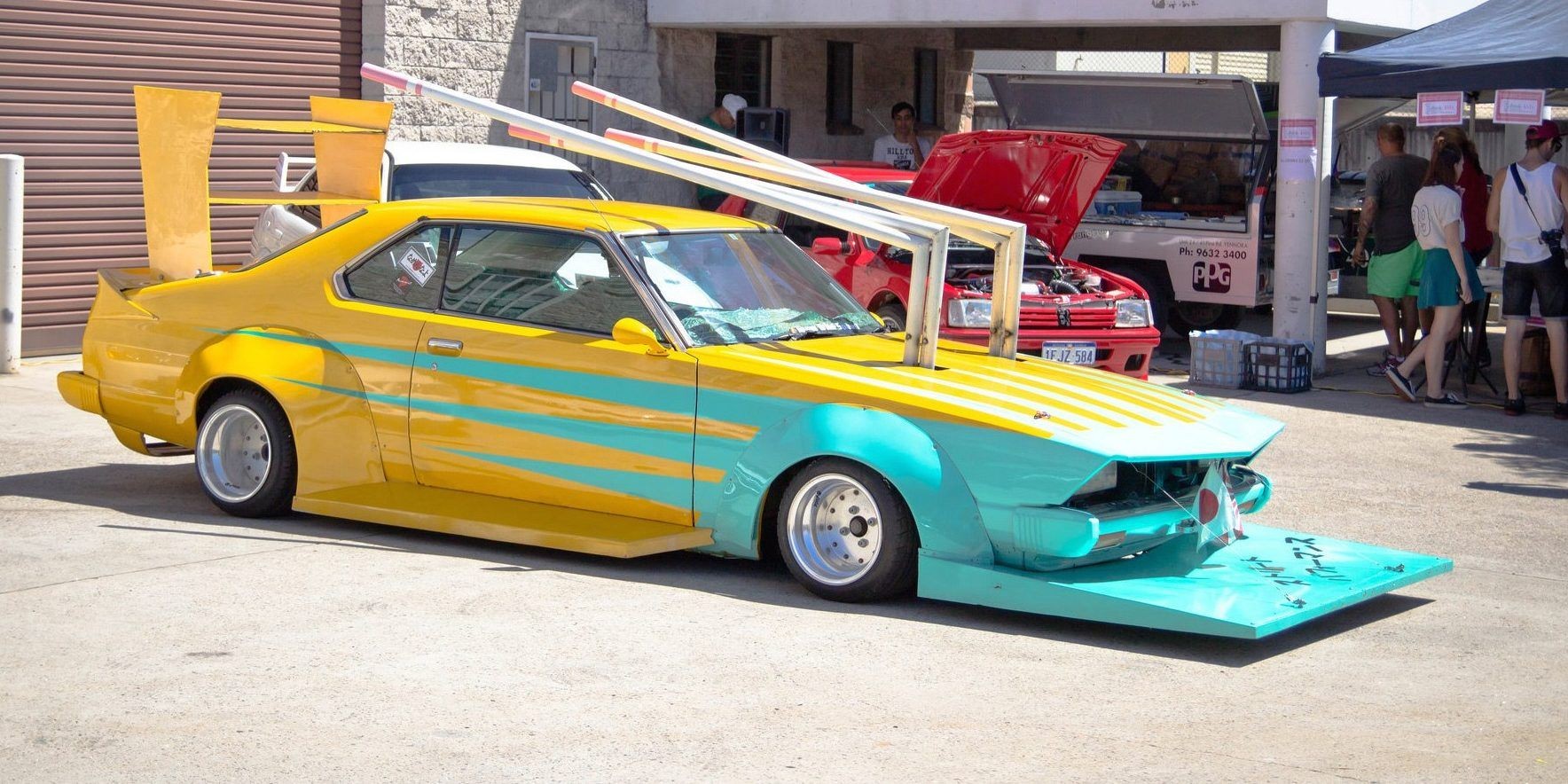Bosozoku, translating to “violent speed tribe,” initially described Japan’s rebellious vehicle enthusiasts. Today, it represents a unique automotive subculture known for wildly modified cars and bikes featuring extreme customizations like towering exhaust pipes and extended front splitters. These aren’t just mere add-ons; they are defining components of Bosozoku vehicles, born from a long-standing and globally recognized car culture. While these extraordinary machines might appear shocking, their origin story is rooted in a desire for creative expression and automotive passion, not just provocation.
The Genesis of Bosozoku Style
The Bosozoku phenomenon emerged in post-World War II Japan, a nation grappling with rebuilding and societal upheaval. Amidst this backdrop, former military pilots, accustomed to adrenaline and risk, formed motorcycle groups called “Kaminari Zoku” or Thunder Tribes. These groups, sometimes labeled as gangs, sought to recreate the thrill of battle through disruptive acts. As the original members aged out, a new generation emerged in the 1960s and 70s, sometimes escalating the chaos to include violence. These tribes developed their own codes and existed outside mainstream Japanese society.
Interestingly, not all Bosozoku members were solely focused on disruption. Some groups exhibited a paradoxical public service side, assisting civilians with tasks like helping stranded motorists. Their collective numbers and vehicle expertise made them surprisingly effective in such roles. However, as police efforts intensified to curb violence, the overtly aggressive aspects of Bosozoku culture diminished, paving the way for a greater focus on vehicle customization for personal enjoyment.
The Rise of Bosozoku Cars and DIY Parts
From the fervent motorcycle customization scene, Bosozoku car culture arose. Enthusiasts began applying the same extreme modification ethos to cars, resulting in vehicles adorned with lightning bolt exhausts and widebody kits, transforming ordinary cars into extraordinary creations. Today’s Bosozoku car owners, much like supercar owners, often participate in enthusiast drives and car meets, predominantly in Japan, showcasing their unique and often handmade customizations.
Crucially, “Bosozoku Car Parts” aren’t mass-produced items readily available for purchase. You won’t find a catalog listing “Bosozoku parts for your car.” This is because the core of Bosozoku is DIY fabrication. Owners don’t buy pre-made components; they craft them. While a typical car enthusiast might have a home garage for basic maintenance, Bosozoku aficionados often transform their garages into workshops for creating custom exhaust systems as large as bamboo stalks or complete widebody kits from raw materials.
The Bosozoku culture is a multifaceted and unparalleled automotive movement. It’s not monolithic; it encompasses diverse styles, from race car-inspired designs to lowrider aesthetics. Due to the intensely personal and DIY nature of the modifications, no two Bosozoku cars are ever truly identical. Bosozoku culture has evolved significantly from its origins, yet it remains a vibrant testament to automotive creativity and the intricate world of Japanese custom cars, where “bosozoku car parts” are synonymous with hand-built, individualistic expression.

